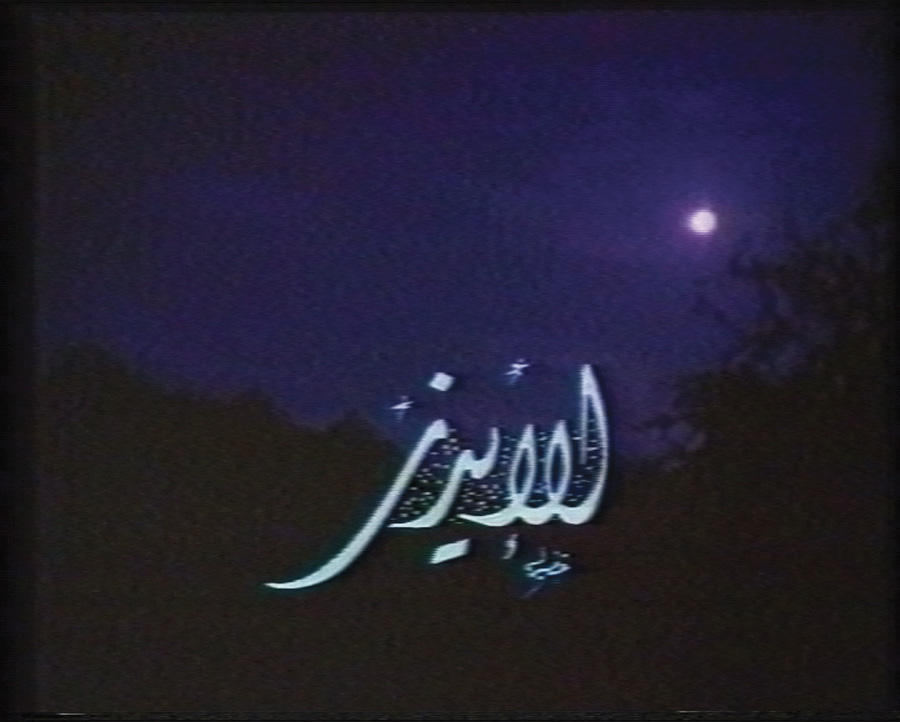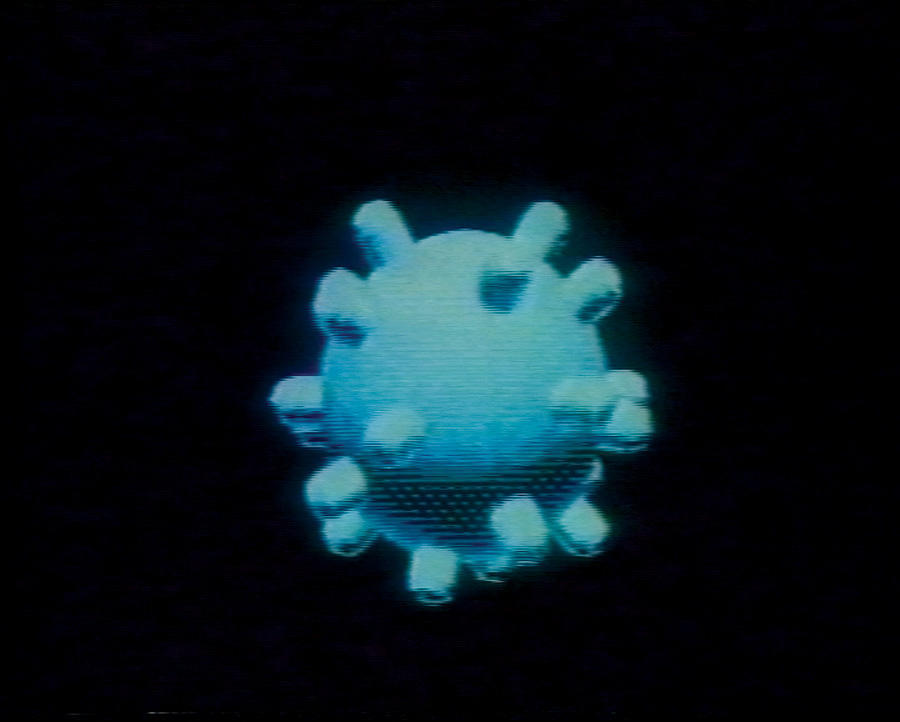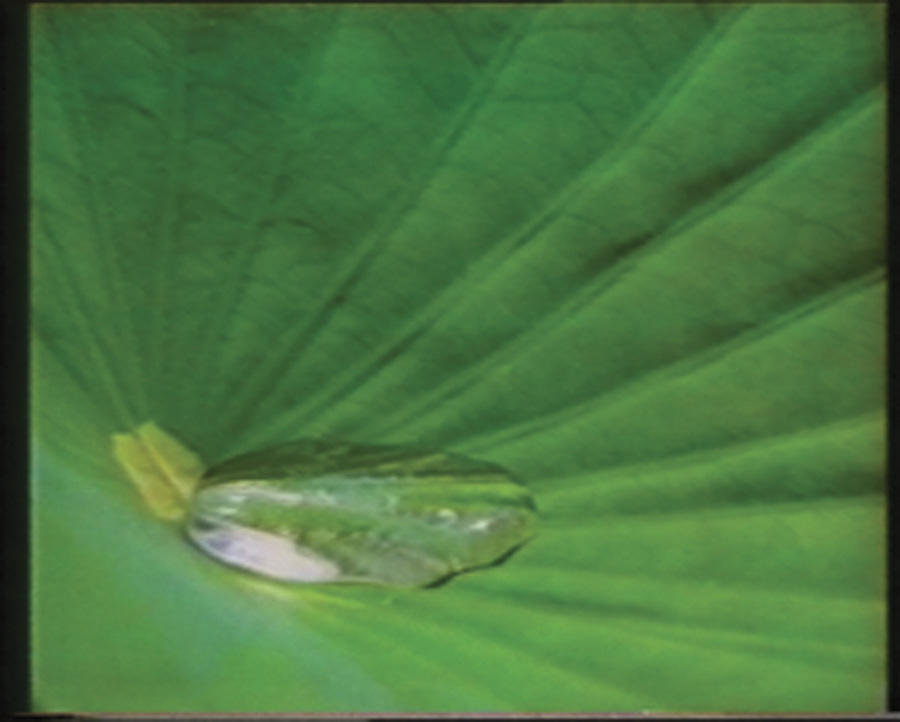
The mid-1980s in Egypt was a time when the hangover of the rapid and sometimes violent changes of the heady 70s started truly settling in. The state had finally managed to completely defang all forms of popular organized politics with, of course, the one notable exception of militant radical Islam, whose influence and power were steadily increasing. Gulf money was pouring back in the form of remittances from Egyptian workers lending their expertise (acquired in the free universities built by the nominally socialist state of the 60s) to cities and societies rising in the middle of the desert, and Saudi influence over media (whether through direct buyouts of both people and institutions or a more pervasive subtle infiltration of how specific values were promoted) was occurring on a large scale. It was also the now almost unthinkable period when Egyptian National Television with three main channels reigned supreme, and the myriad kaleidoscopic transmissions of a thousand and one satellite channels hadn’t yet hit the airwaves.
It was within this context that the amazing rise in popularity of Dr Mustafa Mahmoud’s Al Ilm wal Iman (Knowledge and Faith) unfolded. Dr Mahmoud, who, it was strongly rumored, had been both a Marxist and an atheist in those long-gone days of the 60s, was at the helm of the program. From young stoners, who would discuss the mind-blowing power of Allah in all its psychedelic glory while hanging out on the hoods of their parents’ new Regatas; to the bored housewives of middle-ranking army officers; to Oriental pastry shop managers who had finally found a cause that would affirm the safety of a return to tradition, beneath a modern veneer — the bourgeoisie were entranced. The program also managed to attract large swaths of the uneducated due to the ineffable personality of its central character. Dr Mahmoud was in a sense halfway between the late turbaned populist Sheikh El Shaarawy and the more overtly class-focused religious figures like the Arab world’s current superstar TV preacher-in-a-suit Amr Khaled. It was the good doctor who first allowed countless groups of people to sit and discuss religion through the prism of science and technology in over-decorated living rooms.
REGULATING THE TRANSMISSION
In the opening sequence of Knowledge and Faith, a solitary nay played at length while the credits floated over spectacular natural views. The music was infused with sentimentality and pathos and brought to mind thoughts of retribution and a return to the path of God, more than it did images of cold and clinical scientific research. The film that followed usually consisted of a series of enchanting enigmatic images accompanied by the deep voice of Dr Mahmoud commenting on certain details, warning us of moral dangers we might face, answering questions that we would have liked to ask, calling our attention to a specific issue — taking our hands and gently leading us on through the scenes of the film. At other moments, he would be silent, to allow us, the viewers, to consume the images with full concentration. But even at those moments, we could still hear the faint hiss of his breathing or the sound of him softly swallowing. His presence was pervasive whether silent or speaking, whether on camera or as a disembodied voice commenting on what was happening on the screen.
Watching Knowledge and Faith was an intimate experience wherein the wondrous was made tame, the distant made familiar. Whenever the calm visage of the doctor peered at us from the television screen, and he started speaking in his confident and familiar manner about the topic of the day, a charge of spirituality was immediately imparted to the subject under discussion — from the mating of frogs to Jupiter’s atmosphere — and then transmitted through the ether straight into the presence of his nationwide audience. The structure of a typical episode was simple: after the solemn opening credits, Dr Mahmoud would provide a short synopsis of the scientific theories related to the topic under discussion, omitting any details that might prove tedious. Then a European or American scientific documentary was shown, accompanied by live commentary. Finally, Dr Mahmoud brought the episode to an end by summing up the main themes and providing a concluding statement.
The persona Dr Mahmoud projected through his program was as important as the footage he showed and the commentary he provided. That persona became the mark of a figure the viewer could relate to and build a relationship with. The public seemed equally infatuated with the way the largely eccentric man pronounced certain words and the mild discomfort he seemed to be in most of the time, as much as with the actual content he transmitted. He inhabited a hybrid space, on the one hand functioning as a holder of ciphers, the keys to knowledge, explaining the scientific basis of the world and connecting it to our everyday lives; on the other, introducing what had come to be seen as the alien wisdom of other cultures while providing the “true” meanings of those discoveries through our own religious tradition. The argument went something like this: the West might have discovered it, but we understand what it really means. Thus he seemed to prove it was possible after all to be a good Muslim and a modern “scientific” person both.
RETRIEVAL
In an episode discussing the topical issue of AIDS, Dr Mahmoud made the claim that the morality of the East had proven its superiority against the decadence of the West. He provided us with the pathological background of the disease, and possible preventive provisions, while emphasizing that the only solution was abstinence. The episode screened at a time when the dissemination of strange theories and contradictory ideas about the disease were legion. In Egypt, AIDS was the ground upon which a highly politicized battle was fought between progressive and secular groups and reactionary religious ones, with “science” vs faith and, through imposed association, West vs East. AIDS was used to propagate stereotypical ideas about the opposing sides. Simplistic polar oppositions abounded: “Science is their domain, while faith is ours; the world is for them, while heaven is for us; the East is the guardian of the spiritual path to truth, while the West has taken the path of rationality through which it monopolizes science and technology.” Dr Mahmoud’s discourse managed to reproduce those stereotypical constructions by presenting us with a model that brought both poles together in what amounted to a disingenuous, apparently tolerant spin on the spiritual. It was no surprise for that AIDS episode to end — in reference to a claim made earlier on in the show about Western experts concluding that virtue and abstinence were the only solution — with a smug statement of victory: “These are their words now. It is as if a sheikh who comes from the land of the foreigners is speaking!”

Dr Mahmoud’s return to his faith after a period of wandering and doubt (maybe even atheism) transformed him into living proof of the victory of the religious, a symbol of the struggle between two forms of knowledge — an embodiment of a faith that had made peace with its supposed foe, science, but only after defeating it and proving its limitations in dealing with human nature. This was a faith that didn’t refuse science, but rather accepted its discoveries and used its knowledge within the framework of the Islamic. Dr Mahmoud’s synthesis led to a form of faith that rejected the more esoteric aspects of the religious experience while denying science its provenance to question everything. The controlled demystification of both fields of knowledge allowed for the emergence of an understanding of the self, a self that operated under the banner of a newly activated adjective, the “Islamic,” which was applied to everything from clothing to business, from appliances to cars. A performed identity was being constructed, its roots laid down deep into the ground. Dr Mahmoud provided the emerging Islamic self with the following epistemological model: We don’t need to discover things or ask new questions, so much as find and discover and reappropriate Islam in existing knowledge. The documentaries shown on his program became scientific proof of divine will. This shift, the move from discovery to retrieval, marked the 80s and onwards, where all spaces were Islamicized and made part of a new empire of meaning whose formative period saw such parallel developments as the rise of Islamic banking and an increase in the number of women taking to the veil. If in the 60s the state had gone to great lengths to introduce the accoutrements of developments (from dams to nuclear reactors, from missiles to locally produced cars) as a national right, the 80s saw all fields of knowledge being defined as part of the domain of Allah, functioning under the enigmatic sign of a moral system.
LATENT KNOWLEDGE AND ALIEN EYES
The substitution of Dr Mahmoud’s live commentary for the original soundtracks of the documentary films was the perfect metaphor for how that emergent field of knowledge operated. The 400 episodes of the program proved it was possible to reuse a product within another context and make it fit perfectly. The documentary films shown in each episode had originally targeted an audience with a modicum of basic scientific knowledge; Dr Mahmoud’s audience (a cross section of the viewers of Egyptian National Television) was one that included large segments of the population with high rates of illiteracy. To preserve the original text, whether dubbed into classical Arabic or subtitled, would have alienated many viewers. Dr Mahmoud’s use of the accessible spoken Egyptian dialect helped dissolve complex scientific theories and put them in the framework of a fable, a bedside story told by a kindly uncle, a simplistic tale that in its structure discouraged questioning and independent thought.
By promoting a selfhood constructed within the parameters of faith and belief rather than inquiry and discovery, the program encouraged its audience to receive scientific information passively. Scientific knowledge was seen as something always there, a historic and essential, latent within our consciousness, something we had only to learn how to access. Appropriately enough, religious discourse provided the framework in which this knowledge became comprehensible. And this had the effect of convincing people that the form through which this latent knowledge became accessible (an episode on knowledge and faith) and the language with which it was described (religious hyperbole that linked causality to the essence of faith and divine will) therefore had to be absolutely true.
What’s interesting, though, is that Dr Mahmoud’s calm, confident, and intimate voice was dubbed over an alien visual terrain: the laboratories which were shown in the film were located in the West, the faces that we saw belonged to foreigners, and even the natural landscapes were usually in faraway lands. It was immediately apparent to the audience that the films were not locally produced but rather imports from another place. Moreover, they were products of a culture associated in the minds of the average viewer with a history of miscommunication, conflict, and exploitation. Yet the inimitable voice of Dr Mahmoud reconfigured the alien elements, allowing them to slip smoothly into a new context. An amusing contradiction — it is as if the golden chariot that takes believers on joyrides on the divine highway of faith is one that has been imported from the land of the infidels.
